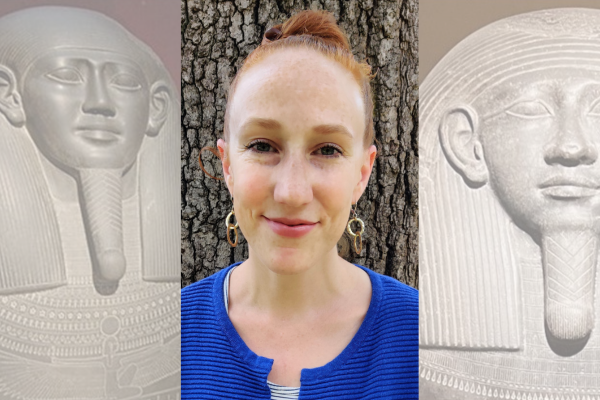
Three necropoleis from the Phoenician city-state of Sidon (Saida, Lebanon) have produced royal or other elite burials from the first millennium BCE, dating largely to the Persian and Hellenistic periods (ca. 550-200 BCE). The stone sarcophagi include the longest known Phoenician inscription, as well as some of the best-known Phoenician art from the Levantine homeland. But the context of these sarcophagi—including burial site selection, tomb layout, inscription placement and grave goods—is less well known. Studying these tombs in conjunction with the contemporaneous Bustan esh-Sheikh temple located just outside the ancient city allows us to begin to reconstruct the values and worldview royal families may have held, and what this might tell us about Sidonian religion and their view of good leadership.
Helen Dixon is an interdisciplinary scholar of the ancient Mediterranean world, specializing in Levantine Phoenician history and material culture in the first millennium BCE. She teaches Near Eastern and ancient Mediterranean history as well as public history at East Carolina University in the University of North Carolina system. While she works primarily in Lebanon, she also conducts nationally funded grant work on historic African American cemeteries in her Carolinas context, guided by the principles of restorative history. Before coming to ECU, she served for two years as Assistant Professor of Biblical Studies at Wofford College, two years as a postdoctoral researcher in the Centre of Excellence in “Changes in Sacred Texts and Traditions” at the University of Helsinki, and two years as postdoctoral teaching fellow in the History department at North Carolina State University. In spring 2022, she was appointed a Getty Villa Scholar-in-Residence on the theme “Phoenicians, Philistines, and Canaanites: The Levant and the Classical World,” where she began her second book project, Translating for the Gods: Phoenician Sacred Space between Greece and Persia.
Her first book, Death in Sidon: Buried Phoenician Histories, sifts through the extensive mortuary record of the ancient city-state of Sidon (modern Saida, Lebanon) to offer the first micro-history of a single Phoenician city-state—one that rivaled Jerusalem and Athens in the first millennium BCE. It’s some of this research she’ll share with us today.
